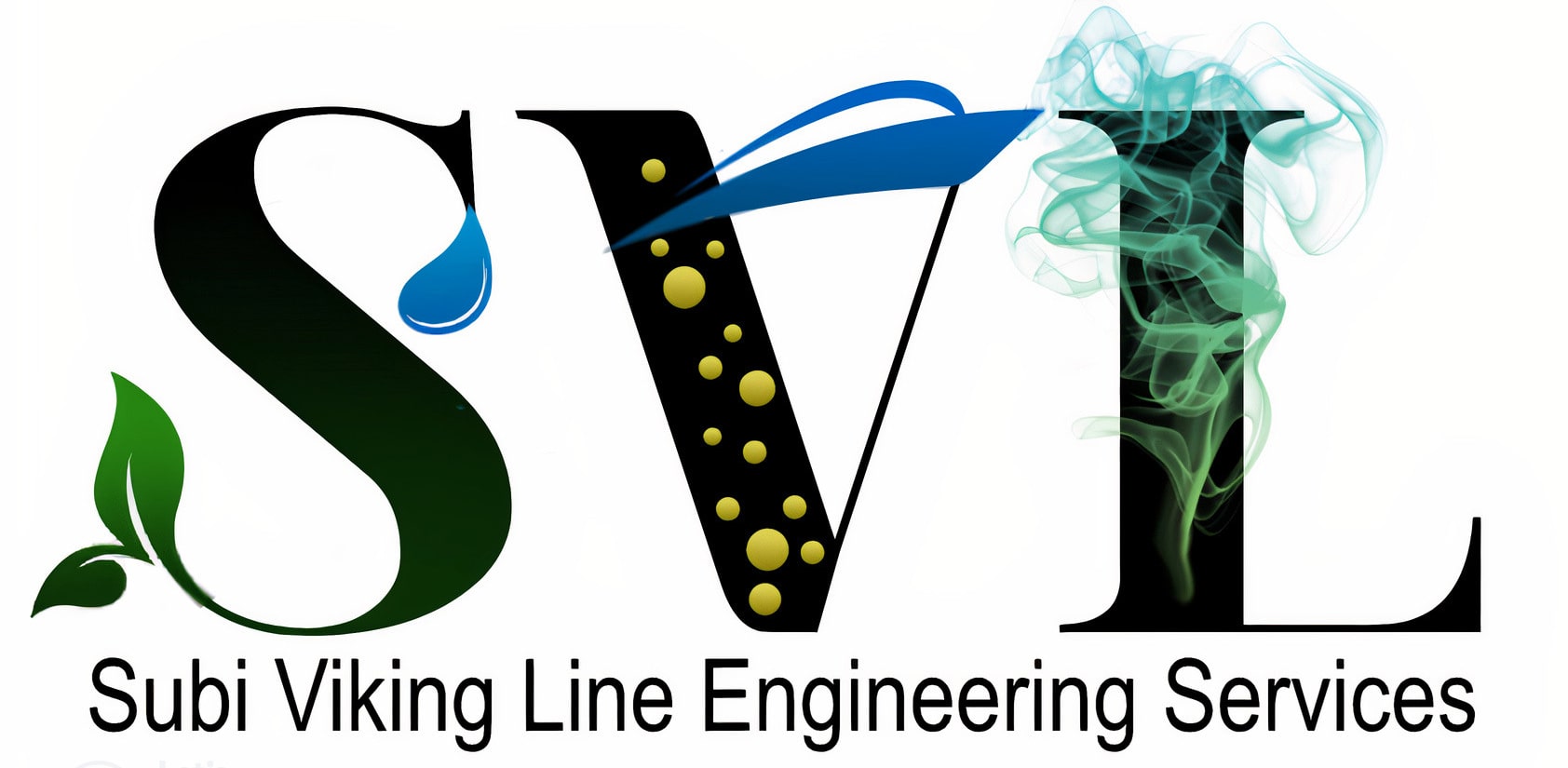Western Australia, known for its rich mineral resources, has emerged as a key player in the global lithium market. With the increasing demand for lithium-ion batteries in electric vehicles, renewable energy storage systems, and electronic devices, the region’s lithium mining industry is experiencing a significant boom. In this blog post, we will delve into the world of lithium mining in Western Australia, exploring its potential, environmental impact, and the future of this rapidly evolving sector.
The Lithium Reserves of Western Australia:
Western Australia boasts vast lithium reserves, making it one of the largest lithium-producing regions in the world. The Greenbushes Lithium Mine, located in the South West region of the state, is the world’s largest hard-rock lithium mine. Its substantial lithium reserves contribute significantly to Western Australia’s global market dominance. In addition to Greenbushes, other lithium deposits in the region, such as Mt. Marion and Pilgangoora, have gained prominence in recent years.
Economic Impact and Job Creation:
The growth of the lithium mining industry has had a profound economic impact on Western Australia. The sector has generated employment opportunities, attracting skilled workers and creating jobs across various stages of the mining process, from exploration and extraction to processing and refining. Furthermore, the export of lithium and lithium compounds has resulted in substantial revenue for the state, bolstering the economy and encouraging further investment in the sector.
Environmental Considerations:
While lithium mining offers significant economic benefits, it is crucial to address its environmental implications. The extraction and processing of lithium can have adverse effects on ecosystems, water resources, and local communities. However, efforts are underway to implement sustainable mining practices, including the use of cleaner technologies, responsible waste management, and rehabilitation of mining sites. The industry is striving to strike a balance between meeting the global lithium demand and minimizing its ecological footprint.
Technological Advancements and Innovation:
As the demand for lithium continues to rise, mining companies in Western Australia are investing in research and development to enhance extraction and processing techniques. Innovative technologies such as direct lithium extraction and advancements in mineral separation methods are being explored to improve efficiency, reduce environmental impact, and optimize resource utilization. These technological advancements position Western Australia as a leader in sustainable lithium mining practices.
Future Prospects:
The future of lithium mining in Western Australia appears promising. With ongoing investments, infrastructure development, and exploration activities, the region is poised to strengthen its position as a global lithium hub. The transition to electric vehicles, renewable energy systems, and energy storage solutions will continue to drive the demand for lithium, providing a significant growth opportunity for Western Australia’s mining industry. The sector’s evolution will be closely intertwined with advancements in battery technology and the global push for decarbonization.
Conclusion:
Western Australia’s lithium mining industry has transformed the region into a global powerhouse, meeting the rising demand for lithium-ion batteries. While challenges related to environmental sustainability persist, the industry’s commitment to responsible mining practices is commendable. With its abundant lithium reserves, technological innovation, and economic benefits, Western Australia is set to play a pivotal role in powering the future of clean energy and sustainable transportation.

